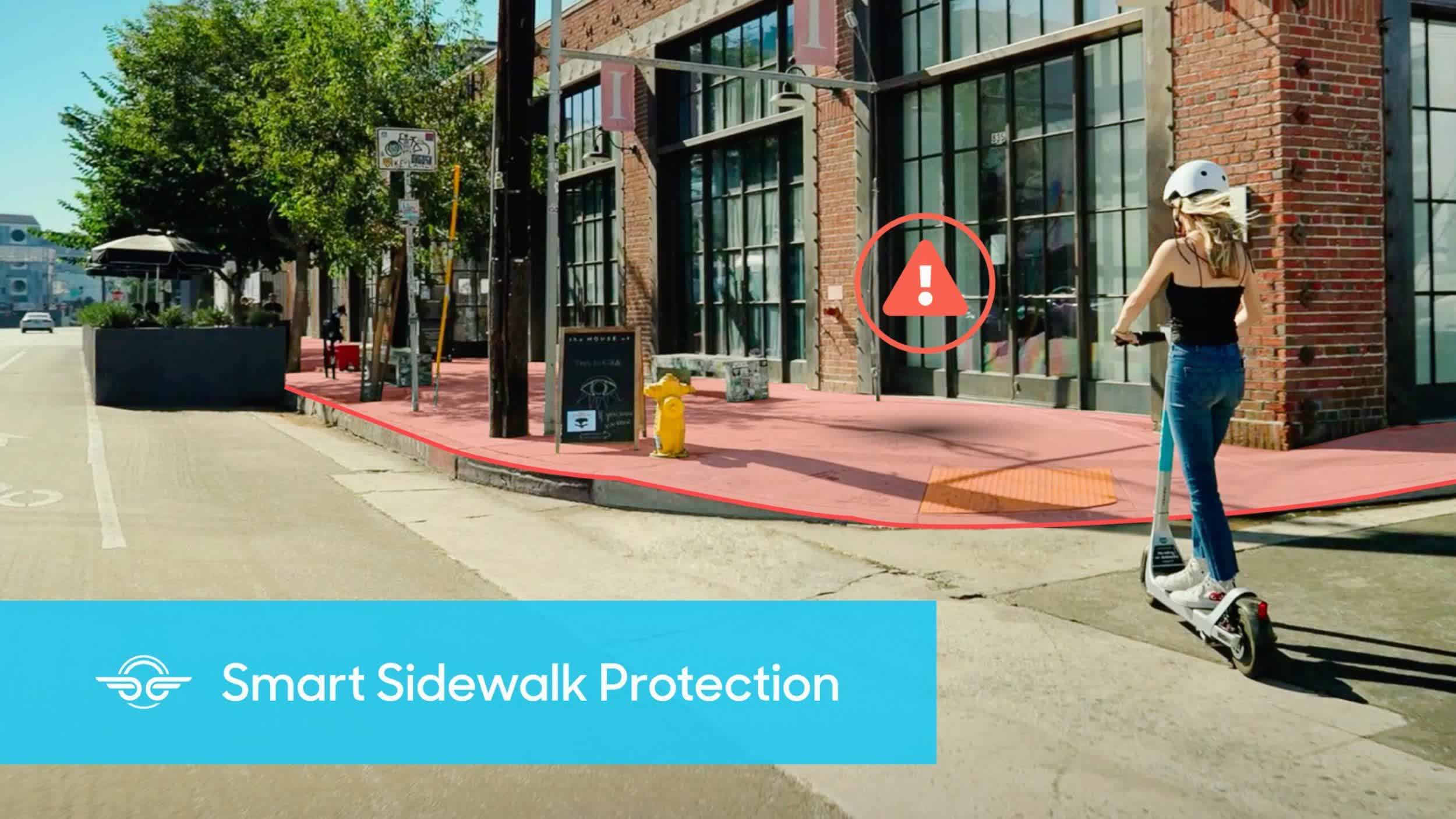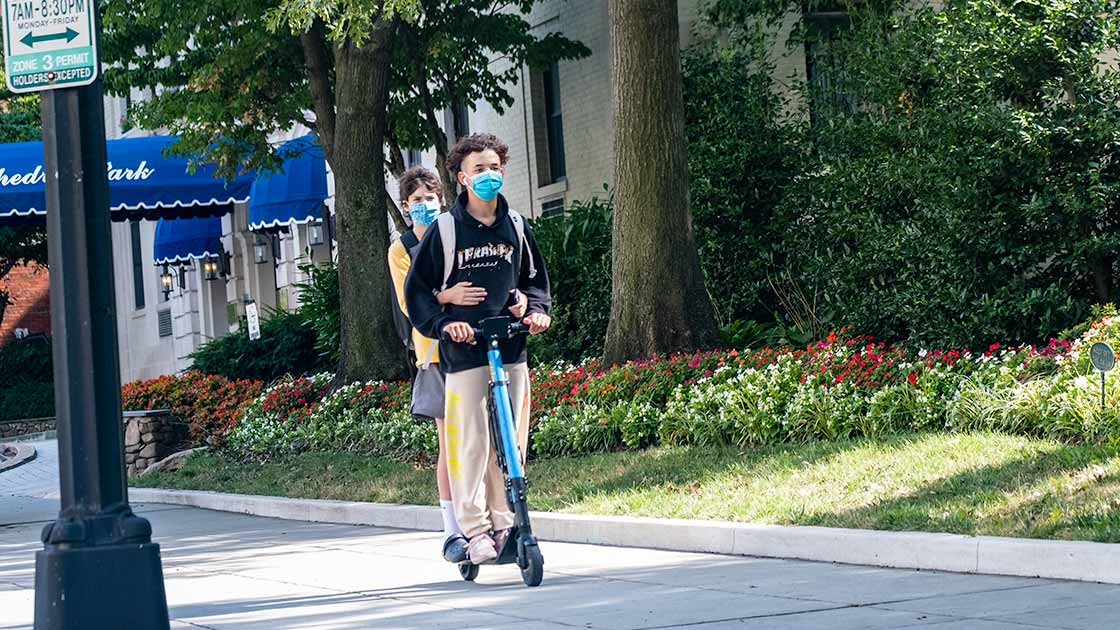Why it matters: Electric scooters have become a common sight in many of the world’s cities, but with them comes the annoyance, and danger, of people riding them on sidewalks. Shared rental service Bird, however, has come up with a solution that could address the problem.

Bird partnered with a Swiss-born company called U-blox to create an end-to-end GPS system “designed to deliver centimeter-level accuracy specifically for the micromobility industry.” It notes that GPS data in cities can be inaccurate due to signal interference from tall buildings, also called the “urban canyon” effect, but working with U-blox, the pair developed a custom multi-sensor and GPS module that offers much more accuracy than traditional solutions.
Anyone riding one of the scooters with the new tech will hear audio alerts if they mount a sidewalk—in addition to receiving notifications on their phones—warning them to return to the street. If this is ignored, the scooter will slow and gradually come to a standstill.
The system is based on a unique version of U-blox’s ZED-F9R module, a dual-band multi-constellation GNSS receiver that supports up to eight times more satellite signal types and four times more constellations (GPS, Galileo, GLONASS, and BeiDou) than standard solutions. It’s able to processes real-time vehicle data, including wheel speed, IMU sensor data including acceleration and spatial orientation, and real-time kinematic data that corrects for ionospheric interference.
Bird has laid out a step-by-step explanation of how its centimeter-level sidewalk mapping works:
Step 1: It starts with a geofence outline constructed from satellite imagery or city GIS data.
Step 2: From here, we use surveying equipment to measure the location of three city landmarks. Only a few measurements are needed for each city.
Step 3: Once the landmarks have been identified, we compare their location to the satellite imagery to determine offsets and rotations.
Step 4: We then use these offsets and rotation values to shift and transform each of our original geofence outlines.
Step 5: Finally, after our geofence outlines have been updated, they are pre-loaded onto our vehicles to eliminate latency.
The Smart Sidewalk Protection system is currently being tested in Milwaukee and San Diego, with Madrid set to be the first city in Europe to receive the new scooters. Bird says it is planning a wider rollout in 2022.
Bird previously tried using AI-powered cameras mounted to the scooters to detect sidewalk riders, but these expensive devices were at risk from vandalism and the weather, unlike the GPS system.
https://www.techspot.com/news/91731-bird-testing-scooters-sound-alarms-automatically-stop-when.html
